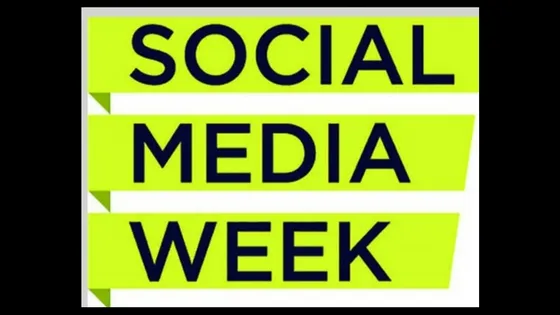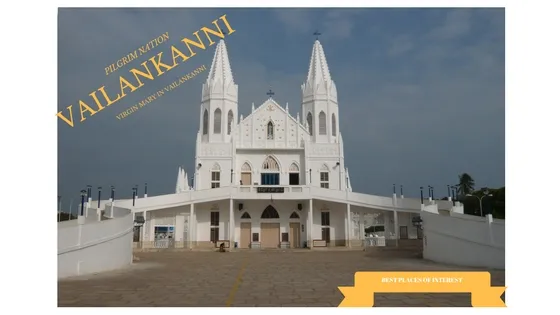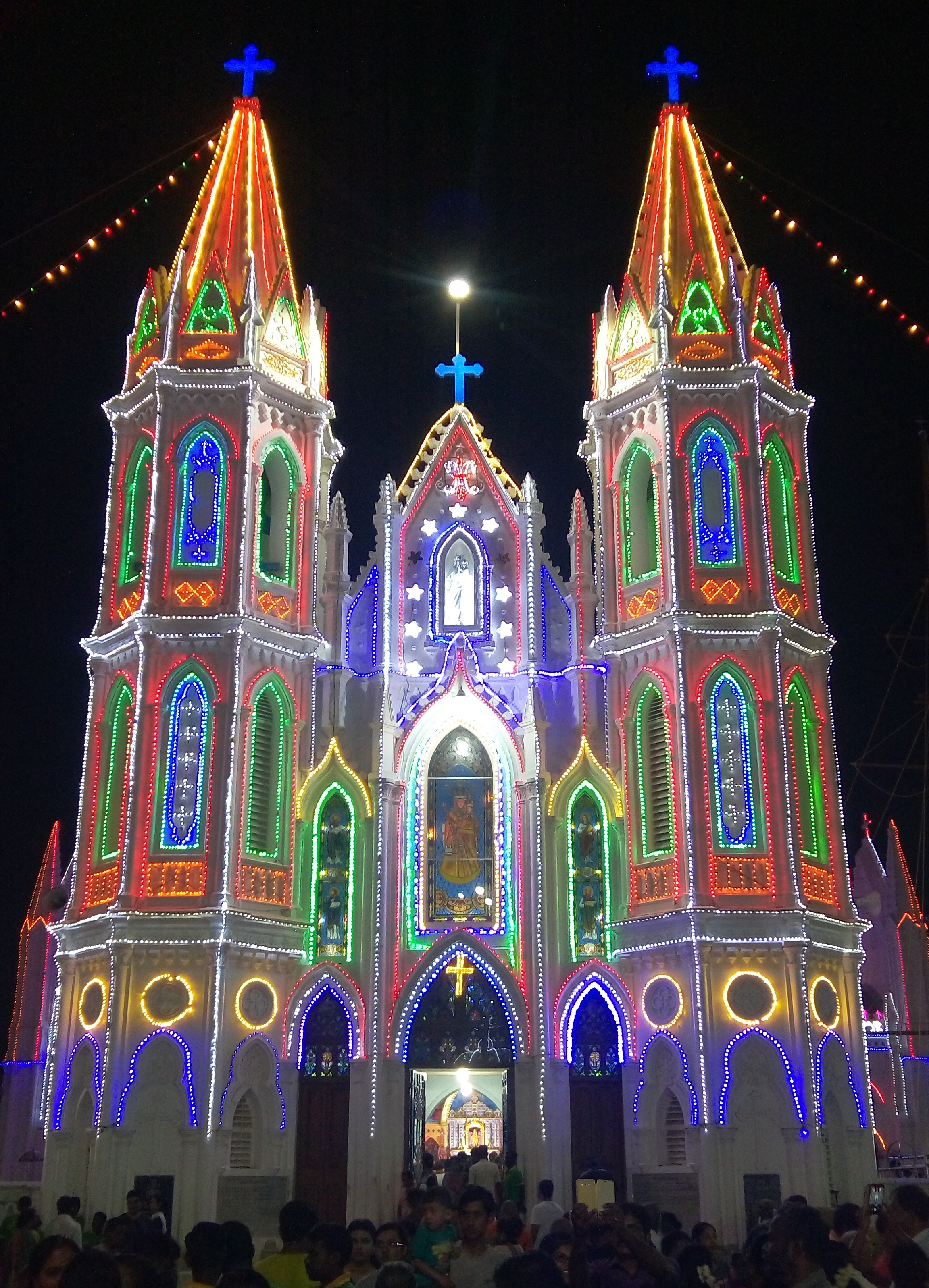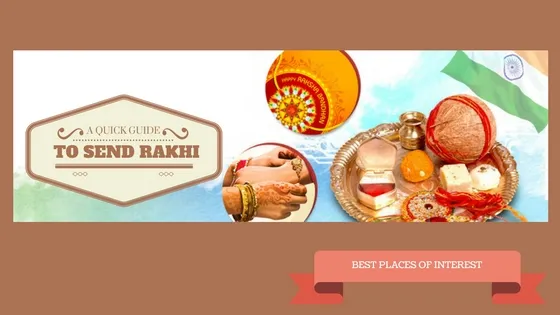Social Media Week is a leading media platform and worldwide event with local presence and global reach across five continents.
It is produced by R SQUARE Consulting, a full-service marketing agency managing Brand Properties and providing the following, but not limited, to Marketing Services – Brand Activation, Digital Marketing, Corporate Events, Brand Identity Consultancy & Design, Retail Marketing and Trade Marketing.
Day 3 of Social Media Week was at Todi Mill Social in Mumbai.

Day 3- September 14- 2016 – SMW Mumbai,schedule for Day 3 was as follows
Day 3 of #SMWMumbai promises to be more interesting. Here is the line up for the day. @SMWMumbai pic.twitter.com/b5P2e5sFlq
— Rohit Varma (@rohitvaarma) September 14, 2016
- Digital Marketing Innovations– The first speaker was Radhesh Kanumury #SMWMumbai. Heis the Lead – Global Entrepreneur Program, IBM India
- Great session on cognitive learning withRadheshat #SMWMumbai
- @radhesh_k talks about new tool #KPoint . It lets the user make video content more interactive. #SMWMumbai
- Amazing insights by @radhesh_k #SMWMumbai #IBMWatson #CognitiveThinking #CognitiveComputing
- What is cognitive computing? IBM describes the components used to develop, and behaviours resulting from, “systems that learn at scale, reason with purpose and interact with humans naturally.” According to them, while sharing many attributes with the field of artificial intelligence, it differentiates itself via the complex interplay of disparate components, each of which comprises their own individual mature disciplines.
- Watson: The first cognitive system
- The first cognitive system was Watson, which debuted in a televised Jeopardy! the challenge where it bested the show’s two greatest champions. The challenge for Watson was to answer questions posed in every nuance of natural languages, such as puns, synonyms and homonyms, slang, and jargon.
- Watson was not connected to the Internet for the match. It only knew what it had amassed through years of persistent interaction and learning from a large set of unstructured knowledge. Using machine learning, statistical analysis, and natural language processing to find and understand the clues in the questions, Watson then compared possible answers, by ranking its confidence in their accuracy, and responded – all in about three seconds.
- IBM Watson, analytic innovation, the IBM Watson Developer Cloud Cognitive services.@radhesh_k speaks about Watson and how we can use it for marketing.The following are the services which available under it:
- Dialog
- Tone Analyser
- Personality Insight
- Tradeoff
- Visual recognition
2. Digital Market for start-ups– The next speaker was Samit Arora. He is Co-Founder, SalesPanda.com
- “1/3rd of the shopping happens online,” says Samit Arora #SMWMumbai
- Reach and attract, engage and convert, nurture and close are core elements of a digital marketing process. #SMWMumbai @samitarora
A quick tip shared by @samitarora #SMWMumbai #entrepreneur #entrepreneurship pic.twitter.com/0WvcRJEzDO
— #SMWMumbai (@SMWMumbai) September 14, 2016
- “Digital marketing gives the best ROI for start-ups.” quotes @samitarora #SMWMumbai
- “Always do the dipstick test for your #Keywords by running a small search campaign. Later spend on SEO in full-fledged” @samitarora #SMWMumbai
- He mentions that there should be a right mix of channels, the right audience for digital marketing.
- Basics of Digital marketing
| Reach and attract | Engage and convert | Nurture and close | |
| · Visitors · Digital Presence · Brand Recall | Suspects · User experience · Conversions · Referrals | Prospects | Leads · Visitor engagement · Lead progression · Pipeline Management |
The key challenge for Marketers:
- Content creation
- Web-traffic- Google and social media
- Lead conversion
- Lead management and nurturing
- Resources
The 5 steps to follow are ACCESS, STRATEGIZE, PLAN, IMPLEMENT, and OPTIMISE.
In the digital assessment, you need to do website assessment, Google Analytics and take stock of assets.
3 ) “Personal Branding simplified in 60 minutes” with Kavi Arasu@_Kavi @SMWMumbai #SMWMumbai.
Let’s begin our next session “Personal Branding simplified in 60 minutes” with @_Kavi @SMWMumbai #SMWMumbai pic.twitter.com/TvtllxLFMi
— #SMWMumbai (@SMWMumbai) September 14, 2016
Kavi Arasu is an Executive Coach, Leadership, and change for Social Business,
- “Humans basic instinct is to stand out,” says @_Kavi #SMWMumbai
- “People buy from people, therefore it’s important to have a proposition for ourselves.” quotes @_Kavi #SMWMumbai
- “90% consumes, 9% curate & 1% creates content” says @_Kavi #SMWMumbai
- “There is a very thin line between #transparency vs #authenticity” quotes @_Kavi #SMWMumbai
- What is #Personal #Brand?
- – Domain Experts
- – People who know
- – People who share
- – People who respond
4) Anand Virani – Anand Virani is a Co-founder & CEO, Cutting Chai Technologies. He spoke about how mobile technology evolved over the years. ‘The Seed of Human Connectivity’- Dec 12, 1901, when the radio waves were first transmitted.

April 3, 1973- Martin Cooper introduced us to Mobile Telephony, AT and T Bell Labs.

Then on August 16, 1994, IBM Simon was launched. Nokia 9000 communicator,

Sharp J-SH04 (first camera),

Nokia 9210- Open Symbian.

All these mobile phones were launched from 1996-2005. The first Android Phone and iPhone were launched between 2005-2006.
- “20 billion SMS were sent per day in the 90s,” says @anandvirani #SMWMumbai
- “This would be the scenario in next 5 years” suggests @anandvirani #SMWMumbai-5G, 1.2Gbps, 8K UHD and 1ms
5 ) Finally, Day 3 ended with Prabhakaran’s – Chase ideas and not platforms. Prabhakaran B is the President, R SQUARE Consulting Services.This is what he had to say
- “Key to getting the creative idea right is knowing your customer,” says @iprabhakaran #SMWMumbai
- User generated content is original, has emotional connect and adds value to customers. ‘Food for thought’.
#SMWMumbai #SMWMumbai2016
To be continued…Social Media Week -Day 5
References:
R Square Consulting
















